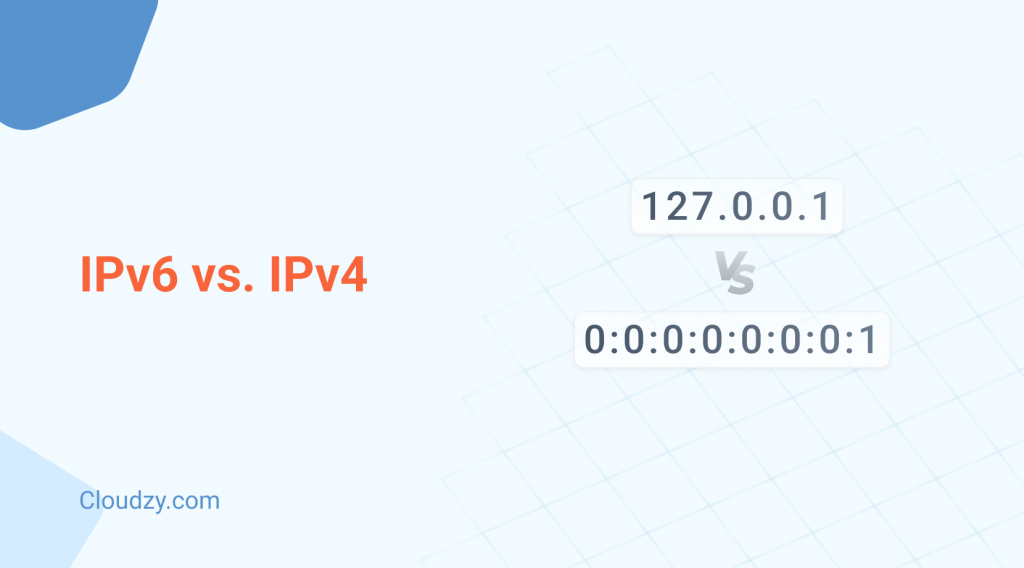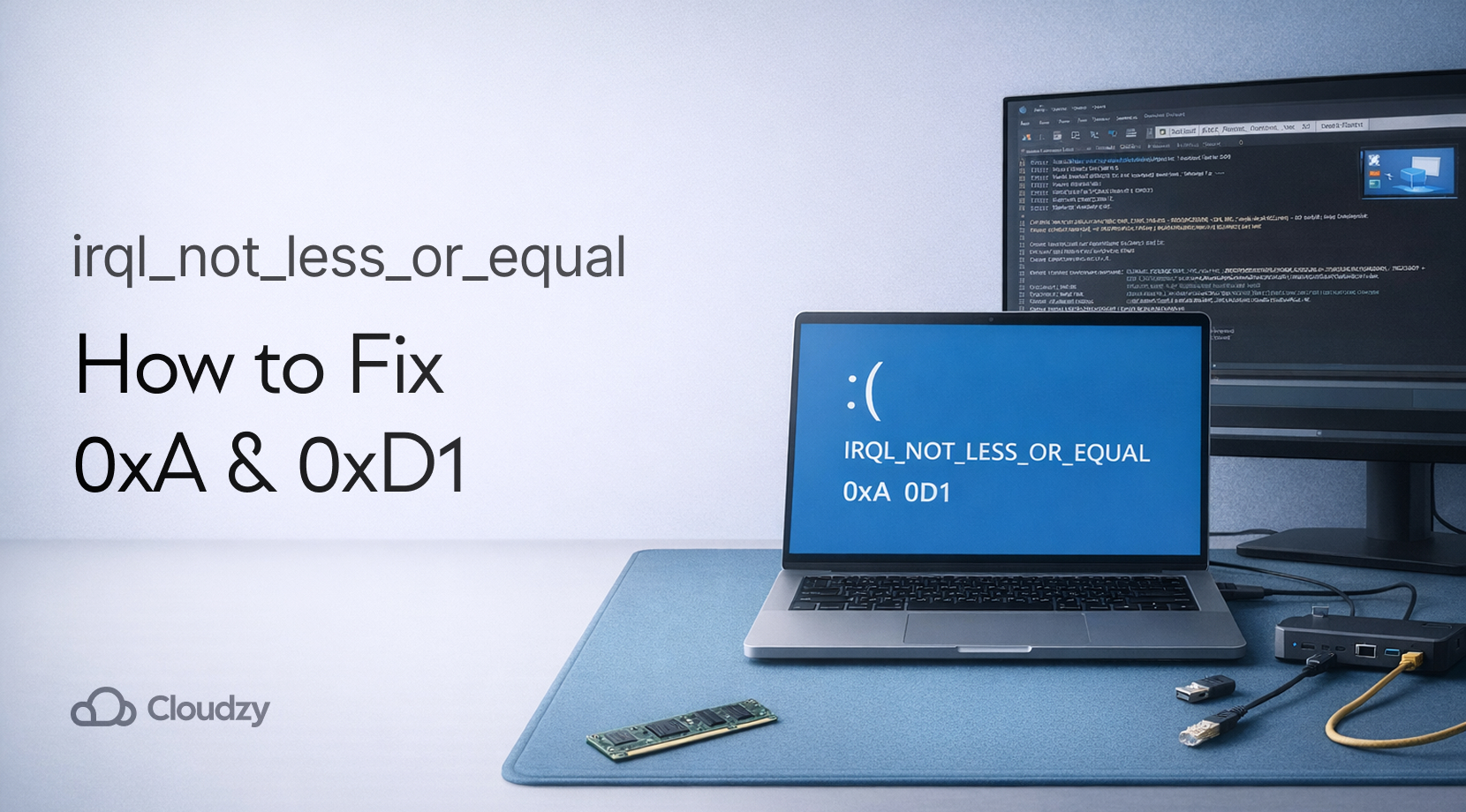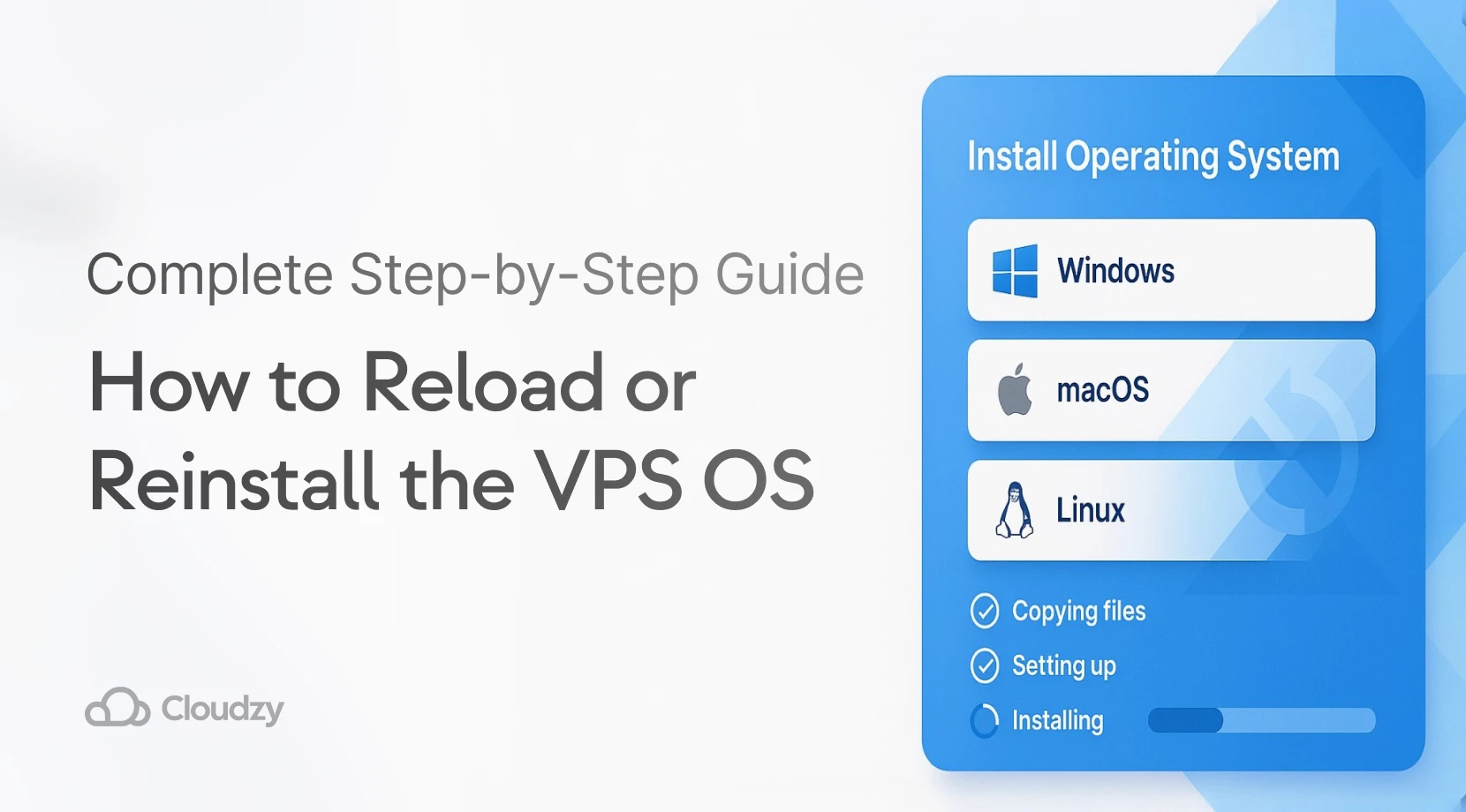If you’ve spent any time online, you’ve likely heard the term “IP Address.” An IP address, or Internet Protocol address, is a unique identifier for each device connected to the internet. It helps devices locate and communicate with one another, much like a home address helps you find a specific house.
The most common type of IP address is IPv4, which was created in the 1980s. It has been the standard for decades, but as more people and devices connect to the internet, we are running out of available IPv4 addresses.
To address this shortage, a new version called IPv6 was developed. IPv6 is designed to replace IPv4 and provides a much larger pool of addresses. In this article, we’ll explore the characteristics of IPv4, compare it with IPv6, discuss the advantages of IPv6, and understand why the transition from IPv4 to IPv6 is taking time.
What Is IPv4 and What Are Its Issues?
As I mentioned earlier, Internet Protocol Version 4, or IPv4, is the most commonly used type of IP address. This protocol version uses a 32-bit address scheme that allows for around 4.29 billion unique IP addresses.
This is because each bit of the 32-bit address can have two possible values of either 0 or 1, meaning that there are 2^32 possible unique addresses, or the number mentioned above, 4.29 billion.
However, comparing that to the number of Internet users since its inception in the 1980s, it’s easy to understand why we’re running out of unique IPv4 addresses. Moreover, some of these addresses are reserved for specific purposes like private networks (10.0.0.0/8, 172.16.0.0/12, and 192.168.0.0/16), multicast addresses, and other special-use cases, further reducing the available unique addresses.
Furthermore, in IPv4, packet fragmentation (breaking down data packets into smaller packets that fit the network path) is handled by the routers, increasing the load on the network and potentially slowing down data transmission and, in turn, network speed.
Lastly, IPv4 requires broadcasting, meaning data is sent to all devices on a network, irrespective of whether or not those devices need it, which further congests networks and causes inefficiencies.
What Is IPv6?
Now that you’re fully briefed on IPv4, what is IPv6? While IPv6 was developed not long after IPv4 in 1998, since IPv4 was still sufficient to cover our IP needs, there was plenty of time to work on and develop IPv6 until it was finally launched in 2012. In 2017, IPv6 became the internet standard, and slowly, over the years, it’s being integrated into the general network.
That said, IPv6 hasn’t become mainstream just yet, but we’ll discuss why it’s taking so long later. Back to the main topic: What is IPv6? As you might have already guessed, IPv6 stands for Internet Protocol Version 6. The main goal behind creating IPv6 was to resolve the exhaustion of unique IPv4 addresses.
To that front, IPv6 uses a 128-bit address, which means that similar to IPv4, there are two variables for each bit in that address, and since it is 128 bits long, that results in 2^128 or 340 undecillion (34 with 37 zeros behind it) unique addresses.
To put that ridiculous number into perspective, if you were to generate 1 billion IPv6 addresses every second, it would take more than 10 trillion years to exhaust the address space—more than 700 times the current age of the universe (13.8 billion years).
Safe to say that we won’t run out of this type of IP address once IPv6 has been implemented. Future-proofing our needs for the Internet of Things (IoT), like mobile devices and smart home appliances, which all need an IP address, aside, IPv6 also comes with many other bonuses.
IPv4 vs. IPv6
With questions like “What is IPv4?” and “What is IPv6?” answered, let’s discuss IPv4 vs. IPv6 and the difference between IPv4 and IPv6.
IPv4 and IPv6 are essential Internet Protocol versions that serve to identify devices on networks, and both use Classless Inter-Domain Routing (CIDR) for efficient address management. CIDR enhances the traditional class-based system by allowing network administrators to allocate IP addresses more flexibly, adjusting the prefix length to suit specific network needs. For example, in IPv4, an address like 192.168.1.0/24 indicates that 24 bits are used for the network, leaving 8 bits for host addresses, effectively allowing for 256 unique addresses. Similarly, in IPv6, an address such as 2001:db8::/64 designates the first 64 bits for the network, enabling a vast number of potential addresses for devices. By employing CIDR, both IPv4 and IPv6 can optimize address space usage, simplify routing, and accommodate the growing demands of the internet, making them vital for modern network infrastructure.
The main difference between IPv4 and IPv6 is that IPv6 offers a vast number of available IP addresses, which was the main objective of its development. However, this type of IP address also covers all of its predecessor’s issues. First, you can be sure of IPv6 security as IPsec is integrated as a core part of the protocol, allowing for better protection against cyber attacks such as man-in-the-middle or packet sniffing attacks.
As for the packet fragmentation handled by the routers when using IPv4, in IPv6, fragmentation is handled by the sending device, reducing the complexity and overhead for routers and improving efficiency.
IPv6 is also cost-efficient, as you no longer need DHCP (Dynamic Host Configuration Protocol) servers to assign this type of IP address as you would with IPv4. This is because IPv6 supports SLAAC (Stateless Address Autoconfiguration), which allows devices to automatically generate their IP addresses based on the network they connect to without needing a DHCP server.
Another difference between IPv4 and IPv6 is IPv4’s broadcasting, which leads to network congestion and inefficiency. IPv6 eliminates this issue through multicasting, sending data only to specific devices that need it. This makes IPv6 a more scalable and efficient type of IP address, especially for companies and businesses with a large number of devices.
Last but not least, a significant advantage of IPv6 over IPv4 is that IPv6 doesn’t require Network Address Translation (NAT). This feature was added to IPv4 addresses due to the shortage of this type of IP address, which allowed multiple devices on a private network to share a single public IPv4 address.
While that was necessary for IPv4, it also reduced transparency, added complexity, and interfered with applications that required end-to-end connectivity. However, IPv6’s massive number of IP addresses doesn’t need NAT, which means faster and more reliable connections for online gaming, Voice over IP (VoIP), and video conferencing.
For a deeper dive into IPv4 and IPv6, including their addressing formats, ranges, classes, subnet masks, and other related concepts, check out this comprehensive reference: [Link to PDF]
Why Aren’t We Using IPv6 Today?
While the advantages of IPv6 vs. IPv4 are pretty evident, it begs the question of why we haven’t transitioned to IPv6 yet. Well, it’s not that simple to move the entire Internet from one type of IP address to another; that said, there are many other reasons, so let’s talk about that!
Cost of Infrastructure
The issue with any kind of change, especially on this scale, is the costs. Transitioning from IPv4 to IPv6 is no different; almost every kind of system–servers, routers, switches, etc.–is designed to support IPv4. While most newer systems now support IPv6, companies and Internet Service Providers (ISPs) are mostly reluctant to upgrade their infrastructure to fully support IPv6 until it’s absolutely necessary, which they’re obligated to do when regulations eventually change.
For example, one of the biggest ISPs in the US it took over six years to fully integrate IPv6 and, while Comcast didn’t provide any financial figures, it reported massive overhauls of their infrastructure.
Compatibility and Legacy Systems
One key issue that’s holding back the move from IPv4 to IPv6 is that a significant portion of the world’s networking infrastructure was built before the introduction of IPv6 and run on legacy systems. Infrastructure aside, many applications and software were also buit on IPv4 and don’t support IPv6 just yet, making the change significantly more unfavorable.
That said, we’ve developed many workarounds for the current IP exhaustion with IPv4 through dynamic IP address allocations, NAT, and other methods of recycling the IPv4 type of IP address. This has also led most companies and ISPs to hold back on transitioning to IPv6 as, in a way, it still works.
Slowly, Yet Surely
Despite the reasons I mentioned earlier, we are steadily adopting IPv6 into our systems; however, it’s a bit slow. One of the temporary solutions to the time and financial costs of moving to the IPv6 type of IP address is the dual-stack approach, where, as of today, most networks and devices operate on a dual-stack approach, meaning they support both IPv4 and IPv6 types of IP addresses.
While this slightly adds to the complexity of it all, it’s an efficient way to continue using IPv4 while also slowly adopting IPv6. That said, the complexity and costs of even maintaining dual-stack environments are only viable for more powerful, more resourceful countries like the US and Japan, which have either passed or are approaching 50% IPv6 network adoption.
However, even countries like the UK and Spain have only around 30% and 2.5% IPv6 adoption, respectively, let alone other countries with fewer resources.
Final Thoughts
Ultimately, every company and ISP inevitably has to transition to IPv6 as the last of the global IP address registries, AFRINIC ( Africa’s IP registry), is running out of top-level IPv4 addresses. Soon, even workarounds like NAT and recycling IP addresses will not be enough to keep up with our IP address needs.
As of 2023, 40% of global Google users access its services through IPv6, which has been steadily increasing from just 10% in 2016. If you also want to future-proof your business or just want a faster, more reliable connection, Cloudzy offers the best, most affordable IPv6 VPS deal available. With our IPv6 VPS, you also get a /64 subnet for free; that means an IP address pool of 18,446,744,073,709,551,616 IPv6 addresses that are uniquely yours!
If you’re worried about compatibility, you can add IPv4 to make your IPv6 VPS dual-stacked for only a dollar a month. You can check out Cloudzy’s IPv6 VPS rates here!
FAQs
What Is IPv4, and What Is IPv6?
IPv4 and IPv6 are different versions of Internet Protocol. An Internet Protocol address or IP address defines how a device connected to the Internet locates, interacts with, and communicates with another device that’s also connected to the Internet. While IPv4 is running out of unique IP addresses, IPv6 is the newest version of Internet Protocol and offers virtually unlimited IP addresses.
What are the advantages of IPv6 over IPv4?
IPv6 offers around 340 undecillion (34 with 37 zeros behind it) unique addresses, integrated IPv6 security with mandatory IPsec, reduced complexity with SLAAC (Stateless Address Autoconfiguration) rather than IPv4’s DHCP (Dynamic Host Configuration Protocol), and better efficiency and lower latency with multicasting and the elimination of NAT.
Can IPv4 and IPv6 coexist on the same network?
Yes, networks can be set up in a specific way called dual-stack mode, where both IPv4 and IPv6 run simultaneously so that your system is compatible with all networks while also helping you to gradually transition to IPv6. You can get your own dual-stack VPS for only an extra dollar a month on your IPv6 VPS from Cloudzy at the most affordable rates here!



